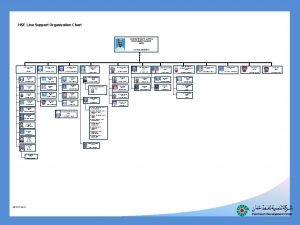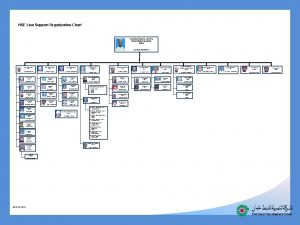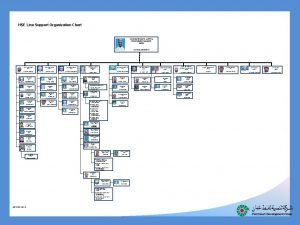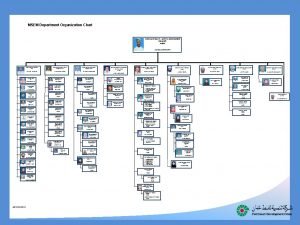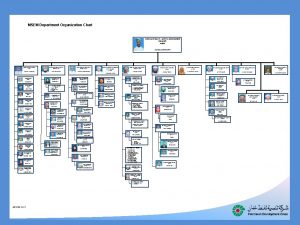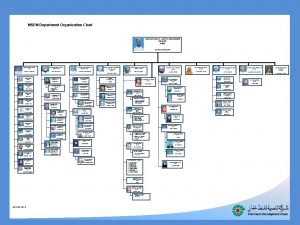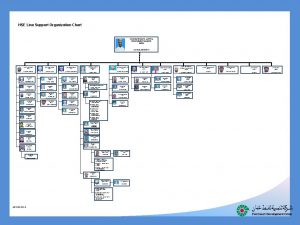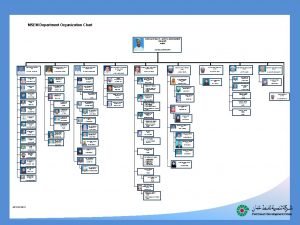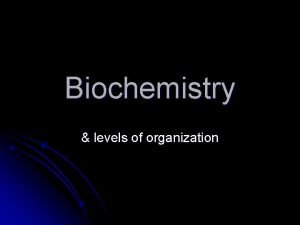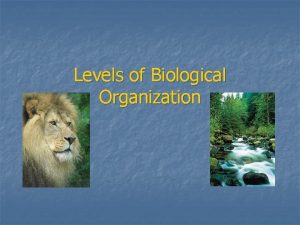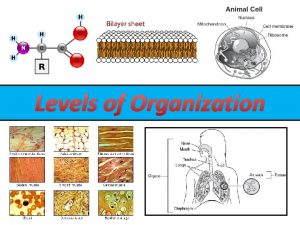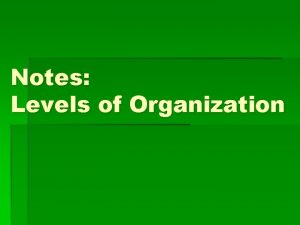Levels of Organization Neosho Science Department Levels Plants
















- Slides: 16

Levels of Organization Neosho Science Department

Levels Plants and animals are multicellular - they are made of more than one cell

Levels Since there are many cells that make up these organisms, each cell has a specific job in the organism

Levels Parts of multicellular organisms are placed in “levels” showing what part they have in the whole organism. This is called levels of organization

st 1 Level The first level is cell. The cell is the basic unit of life. Examples include blood cells, root cells … any cell in a plant or animal

nd 2 Level The second level is tissue. Cells similar in structure and function form tissues. Examples include muscles, nerves, connective, vascular.

rd 3 Level The third level is organ. Tissues working together form an organ. Examples include stomach, brain, heart, root.

th 4 Level The fourth level is organ system. Organs working together form an organ system. Examples include digestive, nervous, reproductive, respiratory.

Levels of Organization q Place the following words in order from largest to smallest: organ, tissue, organ system, cell Give an example of a cell in plants q Give an example of an organ system in animals q

Cells Everything alive is made of one cell or many cells Cells have structures that have different jobs and work together to maintain the cell or the organism


Nucleus Contains genetic information (DNA) Directs cell activities

Cell Membrane Outer layer of the cell Helps regulate the transfer of materials in and out of the cell Semi-permeable: lets some things in and out, but not everything

Cell Membrane

Chloroplast Only in plant cells Place photosynthesis takes place Contains chlorophyll, a chemical that absorbs light energy

Cell Parts If you were walking up to a cell, what is the first layer you would reach? q List one thing a nucleus does q Give an example of an organism that would have a chloroplast q
 Science is my favorite subject because
Science is my favorite subject because Reproduce by spores
Reproduce by spores Non vascular plant reproduction
Non vascular plant reproduction Non flowering plants characteristics
Non flowering plants characteristics Photosynthesis equation
Photosynthesis equation Hseline
Hseline Organization chart hse department
Organization chart hse department Hse org chart
Hse org chart State banquet procedure
State banquet procedure Hse department organization chart
Hse department organization chart Hse department organization chart
Hse department organization chart Organization chart hse department
Organization chart hse department Harib9
Harib9 Hse chart
Hse chart Safety department organization chart
Safety department organization chart Process organization in computer organization
Process organization in computer organization Block organization and point by point organization
Block organization and point by point organization





